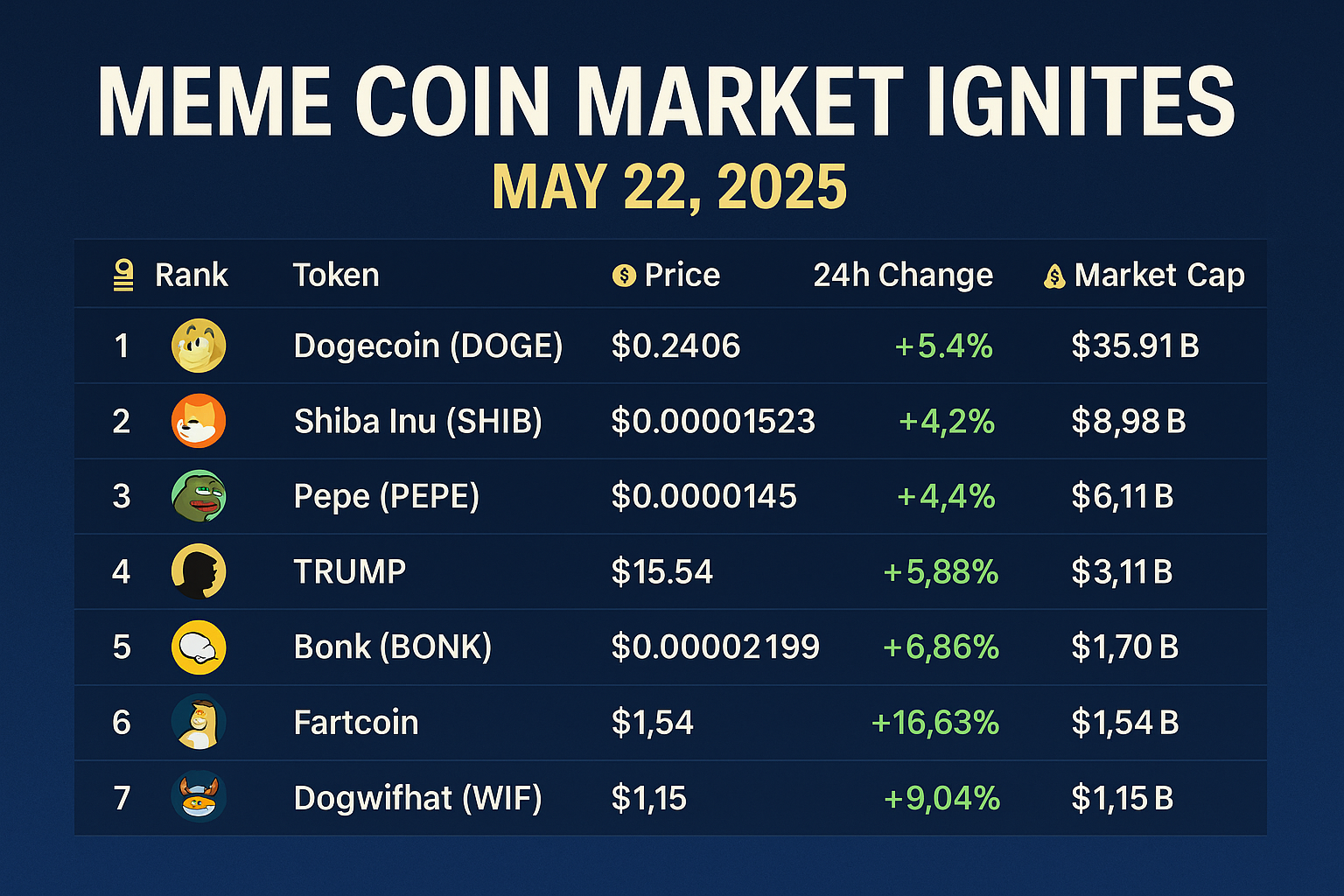Introduction
Bitcoin has shattered expectations in 2025, surpassing the $100,000 mark for the first time in history. This milestone signals growing investor confidence, increased institutional adoption, and evolving macroeconomic factors that are fueling the crypto market surge.
As Bitcoin continues its bullish run, questions arise: What is driving this price explosion? Is this rally sustainable? And what does it mean for the broader cryptocurrency market?
In this article, we’ll explore the key drivers behind Bitcoin’s price surge, how institutional and retail investors are reacting, and what’s next for the crypto industry.
1. Key Drivers Behind Bitcoin’s Price Surge
Bitcoin’s rise to $100K and beyond is driven by multiple factors, from regulatory developments to shifting economic conditions.
A. Institutional Adoption & Bitcoin ETFs
📈 The approval of spot Bitcoin ETFs has opened the floodgates for institutional investors.
🏦 Major asset managers like BlackRock and Fidelity are adding Bitcoin to their portfolios.
💰 Pension funds and hedge funds are entering the crypto space, increasing demand.
💡 Example: The launch of BlackRock’s Bitcoin ETF saw over $10 billion in inflows within its first month, making it one of the most successful ETF debuts in history.
B. Macroeconomic Factors & Inflation Hedge Narrative
🌍 Global inflation concerns and monetary policy shifts are pushing investors toward Bitcoin as a store of value.
📉 U.S. interest rate cuts and a weaker dollar have led to capital inflows into risk assets like crypto.
⚡ Bitcoin is increasingly viewed as “digital gold”, offering protection against economic uncertainty.
💡 Example: Bitcoin’s rally in 2025 mirrors the gold boom of the early 2000s, as investors seek inflation-resistant assets.
C. Bitcoin’s Halving Event & Supply Shock
⛏️ The 2024 Bitcoin halving reduced mining rewards from 6.25 BTC to 3.125 BTC per block, cutting new supply in half.
📉 Historical patterns show that Bitcoin halvings trigger price surges due to reduced selling pressure from miners.
📊 Demand remains high while new Bitcoin issuance decreases, creating a supply shock.
💡 Example: After previous halvings in 2012, 2016, and 2020, Bitcoin’s price increased by 900%, 3,000%, and 600%, respectively, within the following years.
D. Increased Retail & Global Adoption
🚀 More people worldwide are using Bitcoin for payments, savings, and remittances.
📱 Countries with unstable currencies (Argentina, Turkey, Nigeria) are seeing record Bitcoin adoption.
💳 Major companies, including Visa, PayPal, and Tesla, are accepting Bitcoin transactions.
💡 Example: El Salvador, the first country to adopt Bitcoin as legal tender, has seen its national Bitcoin reserves increase in value by over 300% since 2021.
2. Institutional & Retail Investor Reactions
With Bitcoin surpassing $100K, both institutional and retail investors are adjusting their strategies.
A. Institutional Investors Expanding Crypto Holdings
🏛️ Hedge funds, banks, and investment firms are increasing their Bitcoin exposure.
📊 Traditional financial platforms are integrating Bitcoin trading, making it accessible to mainstream investors.
🔹 Corporate treasuries are adding Bitcoin as a reserve asset to diversify holdings.
💡 Example: MicroStrategy, the company with the largest corporate Bitcoin holdings, has seen its Bitcoin investment grow to over $10 billion.
B. Retail FOMO (Fear of Missing Out) & Speculative Buying
🚀 Social media hype and news coverage are driving retail investors to buy Bitcoin.
🔹 Crypto exchanges are experiencing record sign-ups, mirroring the 2021 bull run.
📉 Many investors who missed the previous rallies are jumping in, expecting further gains.
💡 Example: Google searches for “how to buy Bitcoin” have surged by over 500% since Bitcoin crossed the $100K threshold.
3. Risks & Challenges: Is This Rally Sustainable?
Despite the optimism, investors must consider potential risks that could impact Bitcoin’s price trajectory.
⚠️ Regulatory Crackdowns – Governments could introduce stricter crypto regulations, affecting investor sentiment.
⚠️ Market Corrections – Bitcoin’s parabolic rise may lead to short-term pullbacks as traders take profits.
⚠️ Technical Challenges – Bitcoin’s network congestion and high transaction fees remain concerns for mainstream adoption.
💡 Solution: Investors should maintain long-term perspectives and risk management strategies to navigate market volatility.
4. The Future of Bitcoin: What’s Next?
Looking ahead, Bitcoin’s continued growth depends on several key developments.
🔮 Bitcoin as a Global Reserve Asset – More countries may follow El Salvador’s lead in adopting Bitcoin.
🔮 Layer 2 Scaling Solutions – Technologies like Lightning Network will improve Bitcoin’s transaction efficiency.
🔮 Integration with Traditional Finance – Expect more Bitcoin-based financial products, including crypto-backed mortgages and Bitcoin savings accounts.
🔮 Mass Adoption in E-Commerce – Retail giants may integrate Bitcoin payments as crypto becomes more mainstream.
💡 Example: Amazon and Shopify have hinted at future Bitcoin payment options, signaling greater mainstream adoption.
Bitcoin surpassing $100K is a historic milestone, fueled by institutional adoption, macroeconomic shifts, and increasing demand.
Key Takeaways:
✔️ Institutional investors are driving demand through ETFs and corporate adoption.
✔️ Macroeconomic conditions, including inflation and interest rate cuts, are pushing capital into Bitcoin.
✔️ Bitcoin’s halving event has reduced new supply, creating a bullish supply shock.
✔️ Retail investors and global adoption are accelerating Bitcoin’s mainstream use.
✔️ Future growth will depend on regulatory clarity, network scaling, and continued adoption.
As Bitcoin cements its role as a global financial asset, its impact on the broader financial system will only continue to grow.



